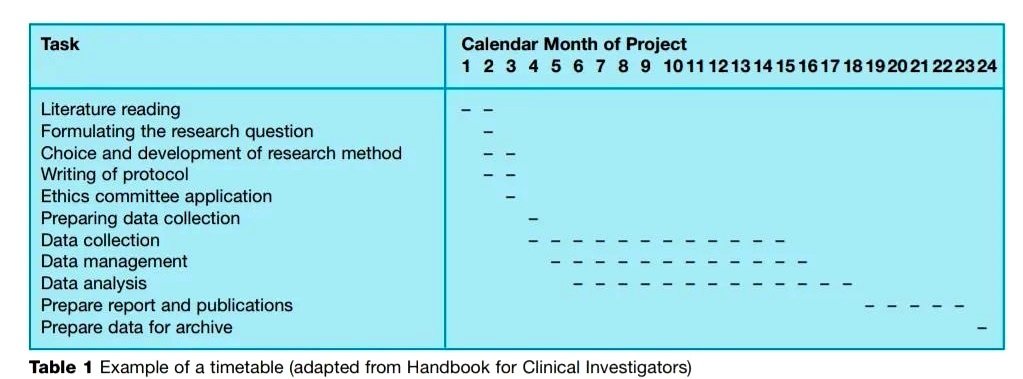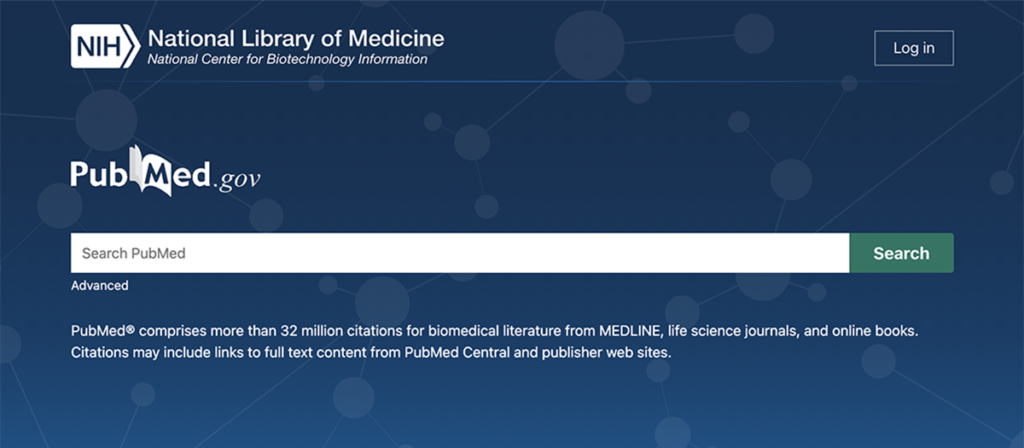Writing a research proposal is a critical step in securing funding and obtaining approval for your research project. A well-crafted proposal not only convinces the reviewers of the significance and feasibility of your research but also serves as a guide throughout the study. Here is a more detailed and comprehensive guide to writing a research proposal:
1. Title
- The title should be concise yet informative, clearly reflecting the research focus. It needs to grab attention and summarize the essence of your study in a few words. A well-chosen title helps reviewers quickly understand the main objective of the research.
2. Abstract
- The abstract is a brief summary of your research proposal, usually around 250-300 words. It should include the research objectives, methodology, expected outcomes, and the significance of the study. Despite its brevity, the abstract plays a vital role in engaging the reader’s interest. Think of it as a condensed version of your proposal where the key points are highlighted. Make sure to write the abstract after completing the rest of the proposal, ensuring that it accurately reflects the content.
3. Introduction
- The introduction sets the context for the research by describing the background and the research problem. Here, you should explain the rationale for your study and why the problem is worth investigating. A good introduction provides an overview of the research area, identifies gaps in current knowledge, and justifies the need for the proposed research. You may refer to existing literature or real-world challenges to demonstrate the relevance and importance of your study. It is essential to articulate how your research will contribute to the field, whether by filling a knowledge gap, testing a new hypothesis, or improving existing practices.
4. Research Problem and Objectives
- Clearly define the research problem, explaining what specific issue or question your research aims to address. The objectives should be precise, measurable, and achievable within the study’s scope. It is also helpful to differentiate between primary and secondary objectives. Primary objectives focus on the main outcome or goal, while secondary objectives often address supplementary or related issues. If applicable, state the hypotheses you intend to test, particularly in experimental or quantitative studies. Well-defined research objectives guide the entire research process and provide clear criteria for evaluating the success of the study.
5. Literature Review
- A thorough literature review is crucial to positioning your research within the context of existing knowledge. Here, you should review previous studies related to your research topic, identifying trends, gaps, and debates in the field. This section helps to justify your research by showing how it builds on or deviates from past work. The literature review should not just summarize existing research but critically analyze and synthesize the information, demonstrating your command of the topic. Additionally, this section can highlight theoretical frameworks or models that underpin your research.
6. Research Questions
- Based on your research objectives, formulate specific research questions that your study will answer. These questions should be directly linked to the problem you’re addressing and should be researchable within the methodological framework you propose. For exploratory studies, where hypotheses may not be feasible, research questions should guide the inquiry. Make sure the questions are focused, clear, and concise, as they will shape your methodology and data analysis.
7. Methodology
- The methodology section is arguably the most critical part of the research proposal. Here, you must describe the research design, methods for data collection, sampling techniques, and data analysis in detail. The study design (e.g., experimental, cross-sectional, or longitudinal) should align with the research objectives and be appropriate for answering the research questions. Provide a justification for your chosen methods and explain why they are the most suitable for your research. This section should include:
- Participants/Subjects: Specify who will participate in the study, how many participants you expect, and how you will recruit them. Describe the inclusion and exclusion criteria and provide a rationale for your sample size.
- Instruments/Tools: Detail any tools or instruments you will use, such as surveys, interviews, or lab equipment. For questionnaires or scales, provide evidence of their reliability and validity.
- Data Collection: Outline the procedures for collecting data. Be specific about the timeline, setting, and techniques involved (e.g., surveys, focus groups, clinical trials).
- Data Analysis: Explain how you will analyze the data, whether through qualitative, quantitative, or mixed methods. Include any statistical tests or analytical software you will use. Ensure that your analysis plan is robust and capable of addressing the research questions.
- Ethical Considerations: Address how you will protect the rights and well-being of participants. Discuss informed consent, confidentiality, and any potential risks or benefits. Include a statement on how you will obtain ethical approval from relevant committees.
8. Significance of the Study
- In this section, articulate the potential impact of your research. How will it advance knowledge in your field? Will it solve a particular problem or lead to better practices? This is your opportunity to convince reviewers of the broader implications of your research, whether in terms of theoretical contributions, practical applications, or policy changes. Make sure to align this section with the objectives and outcomes stated earlier.
9. Budget
- A well-justified budget is crucial for securing funding. Break down your budget into categories such as personnel costs, materials and equipment, travel expenses, and participant incentives. Provide a clear rationale for each expense, ensuring that your funding request is reasonable and proportionate to the scale of the research. It’s also essential to account for indirect costs, such as overhead or administrative fees, as required by your institution or funding agency. Include a budget justification that explains why each item is necessary for the successful completion of the project.
10. Timeline
- A realistic timeline ensures that the study can be completed within the proposed duration. Present a detailed schedule outlining each phase of the research, from literature review to data collection, analysis, and reporting. It is helpful to use a Gantt chart or table to visualize the timeline and highlight important milestones, such as ethics approval, data collection deadlines, and the final report submission. Anticipate potential delays and build in some flexibility to accommodate them.
- Here’s an example of how you can structure the timeline for your research activities in a table format. You can adjust the activities and time frames according to your specific research project:

11. Team Members and Expertise
- Describe the qualifications and roles of the research team. Provide a brief biography of each team member, emphasizing their experience and expertise related to the research. If the project involves multiple collaborators, clearly outline each person’s responsibilities and how they will contribute to the project. This section reassures the reviewers that the team has the necessary skills and experience to conduct the research successfully.
12. Facilities and Resources
- Outline the resources available to support the research, such as lab facilities, libraries, equipment, or software. If specialized equipment is required, explain how it will be accessed and maintained. Mention institutional support, such as administrative services or technical assistance, that will aid in completing the project.
13. Conclusion
- The conclusion should succinctly summarize the key points of your research proposal. Reiterate the importance of the study and its potential contributions. Use this section to remind reviewers of the significance of the research problem, the soundness of your methodology, and the feasibility of the project.
14. References
- Provide a list of all sources cited in the proposal. Follow the citation style required by the funding agency or your institution. A well-documented reference list demonstrates that your research is grounded in a thorough understanding of the relevant literature.
15. Appendices
- If needed, include any additional information in the appendices, such as questionnaires, consent forms, or detailed budgets. Ensure that the appendices are well-organized and labeled so that reviewers can easily locate and reference them.
Conclusion
Writing a successful research proposal requires careful planning and attention to detail. A strong proposal not only outlines the research plan but also demonstrates the significance, feasibility, and potential impact of the study. By following these steps and tailoring each section to your specific research project, you can increase your chances of securing funding and approval for your research.


